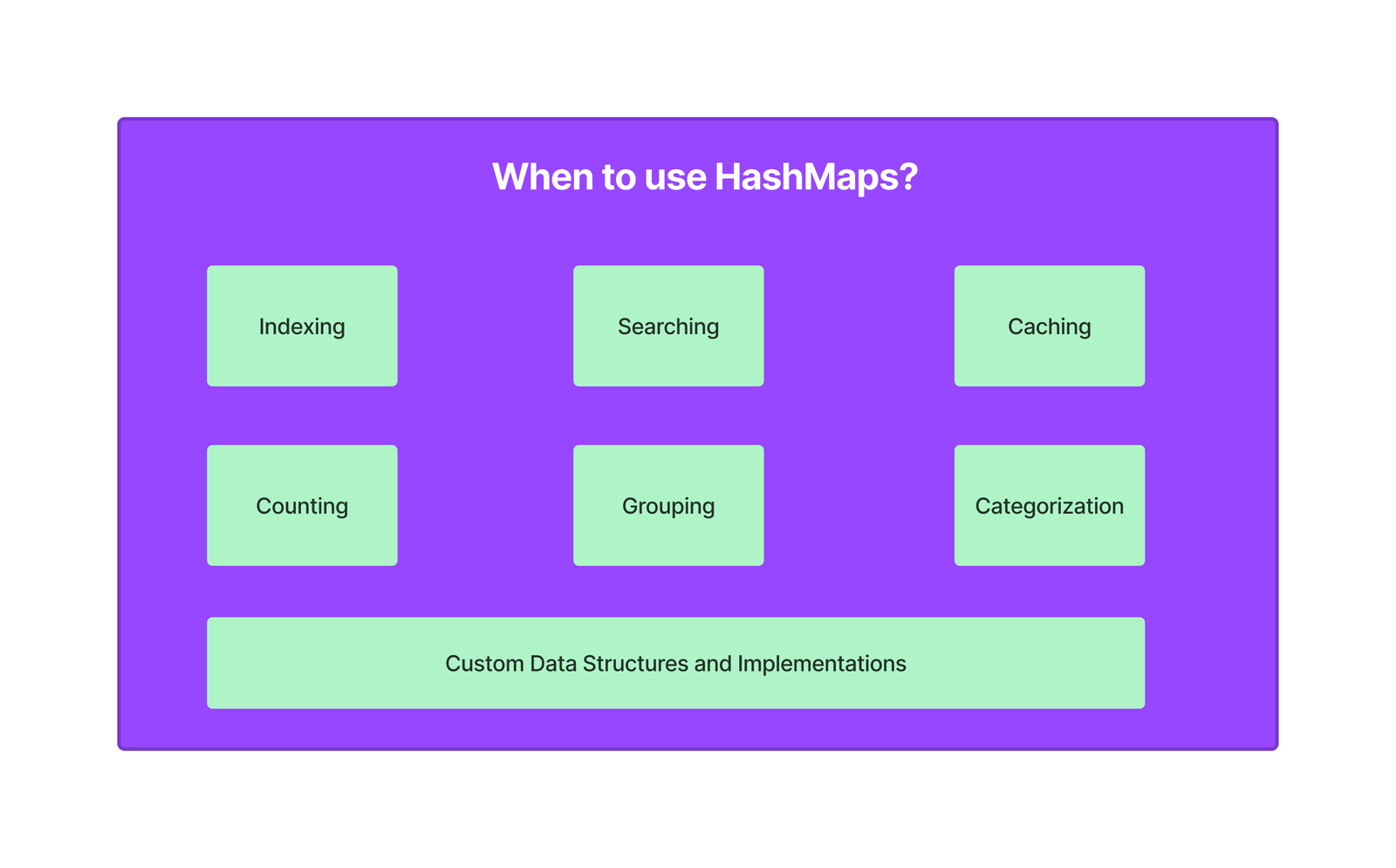Introduction to Spring Boot Annotations – Part 1

In the world of Spring Boot, annotations play a vital role in configuring and customizing various aspects of your applications. They provide a concise and powerful way to express your intentions and define the behavior of your Spring Boot projects. In this blog post, which is part of our comprehensive series on exploring Spring Boot annotations, we will dive into the fundamentals of Spring Boot annotations and understand their significance in building robust and efficient applications.
Table of Contents:
- What are Spring Boot Annotations?
- Why Use Annotations in Spring Boot?
- Key Annotation Concepts in Spring Boot
- Commonly Used Spring Boot Annotations
- Conclusion
What are Spring Boot Annotations? Spring Boot annotations are special markers or directives that can be applied to classes, methods, fields, or method parameters. They provide metadata about the elements they annotate, guiding the Spring Boot framework on how to configure and behave.
Why Use Annotations in Spring Boot? Annotations simplify the configuration process in Spring Boot by eliminating the need for extensive XML or Java configuration files. They offer a more declarative and intuitive approach to define behaviors, dependencies, mappings, and more. With annotations, developers can express their intentions concisely and let Spring Boot handle the heavy lifting behind the scenes.
Key Annotation Concepts in Spring Boot:
- Meta-Annotations: Spring Boot provides a set of meta-annotations, which are annotations that can be used to create custom annotations. They encapsulate a group of related annotations, making it easier to reuse and maintain common configurations.
- Inheritance and Composition: Annotations can inherit configurations from other annotations. This allows for building layered and modular configurations by combining multiple annotations. Additionally, annotations can be composed by combining multiple annotations into a single custom annotation.
- Annotation Processors: Spring Boot leverages annotation processors to process and interpret annotations at runtime. These processors enable the framework to apply the necessary configurations and behaviors based on the annotations present in the application.
Commonly Used Spring Boot Annotations: In this section, we will briefly introduce some commonly used Spring Boot annotations:
@SpringBootApplication: A meta-annotation that combines@Configuration,@EnableAutoConfiguration, and@ComponentScan, serving as the entry point for Spring Boot applications.@RestController: Annotates a class as a RESTful controller, allowing it to handle HTTP requests and generate responses.@Autowired: Enables automatic dependency injection of beans into the annotated class or method.@RequestMapping: Maps HTTP requests to specific methods or endpoints within a controller.@Value: Injects values from properties files or environment variables into variables or fields.
In this first part of our series on exploring Spring Boot annotations, we have laid the foundation by understanding the basics of Spring Boot annotations. We learned that annotations are an essential tool for configuring and customizing Spring Boot applications, providing a concise and intuitive approach to express our intentions.
In the upcoming blog posts in this series, we will explore each annotation in more detail, providing real-world examples and use cases. By the end of this series, you will have a comprehensive understanding of Spring Boot annotations and be able to leverage their power to build robust and efficient Spring Boot applications.
Stay tuned for the next installment in our series, where we will dive deeper into the world of dependency injection with the @Autowired annotation. Happy coding with Spring Boot annotations!





2 Responses